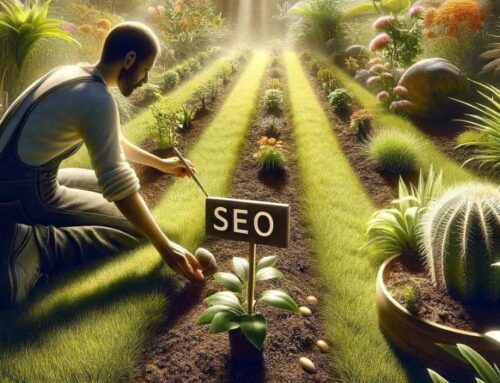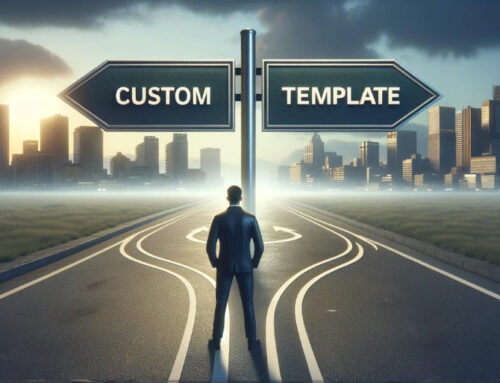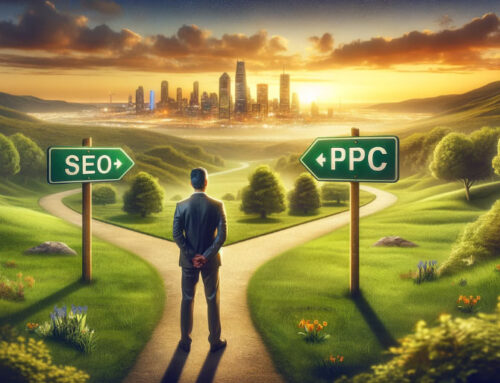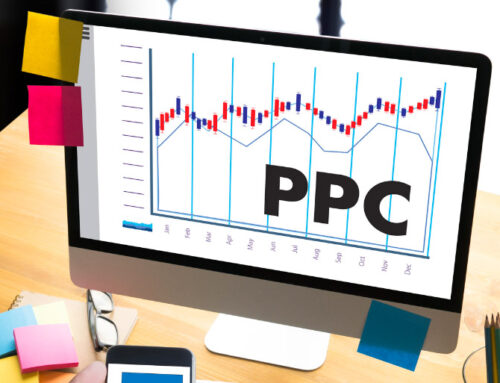What’s the relationship between website design and sales? A well-crafted website design impacts sales figures by facilitating a pleasant user journey, establishing brand credibility, and presenting products in an engaging manner. In stark contrast, a poorly designed website can lead to missed opportunities and a tarnished brand perception.
The Importance of Quality Web Design in Boosting Sales
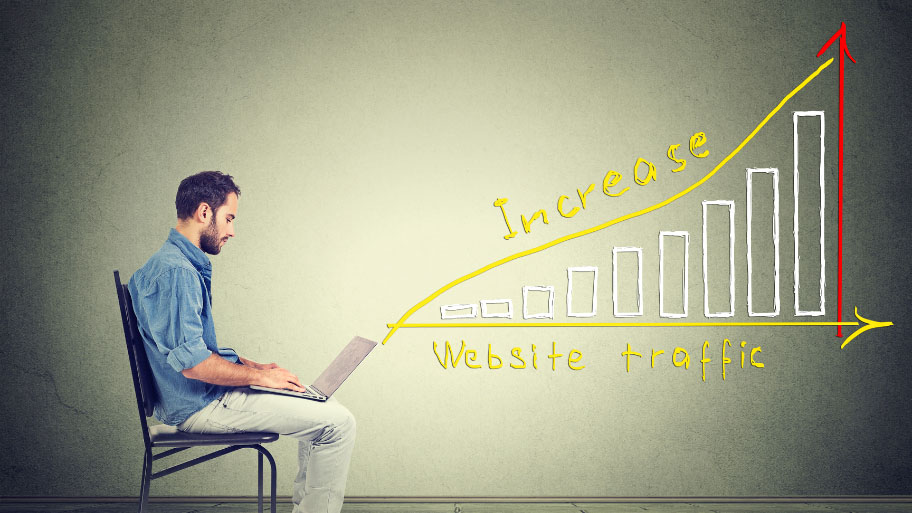
In the evolving digital landscape, where consumers have myriad choices at their fingertips, the design of your website is more than just aesthetics—it’s a silent ambassador for your brand.
The difference between a well-designed website and a mediocre one can be likened to the difference between a persuasive salesperson and one who can barely hold attention.
The virtual “shelf” your products or services sit on, the website, either entices or repels potential customers. A top-notch design doesn’t merely display products but illuminates them in a manner compelling enough to persuade visitors to become loyal customers.
It conveys a story, resonates with the visitor’s needs, and guides them towards a purchasing decision. In a competitive market, the importance of a high-quality web design as a sales catalyst cannot be overstated.
Improving Sales: What to Look for in a Professional Web Design

Success in the digital marketplace hinges on more than just having a website; it’s about having a website that performs. A professional web design extends beyond just sleek visuals; it encompasses user experience, functionality, and even the psychology of persuasion. Here’s what sets apart top-tier web design:
1. Simplicity: The Silent Salesman
In an era of information overload, simplicity in website design stands out. Cluttered interfaces can overwhelm and repel, whereas clean, intuitive designs captivate and guide. Simple interfaces often mean quicker load times. Complex sites, loaded with redundant elements, deter users with slower responses.
Embracing minimalism offers dual benefits: a streamlined user experience and a nimble, responsive site. It’s akin to walking into a tidy brick-and-mortar store; customers can find what they need without the stress, leading to a higher likelihood of a purchase.
2. Harnessing Color Psychology for Conversions
The strategic application of color is pivotal. Beyond just aesthetic appeal, colors evoke distinct emotions and reactions. Recognizing which shades resonate with your audience can markedly sway purchasing decisions. Highlighting specific sections, like calls-to-action, with the right color can lead to heightened engagement.
Case studies underscore how a simple change in button color magnified conversion rates. The key is to not just choose appealing hues but to master their psychological impact, harnessing their power to drive action.
3. Strategic Layouts that Guide Purchases
Effective site layouts are rooted in understanding human behavior. Beyond the simple placement of pivotal elements, astute designers leverage natural reading patterns, such as the “F-pattern” or “Z-pattern,” to position crucial content.
This ensures vital information captures the user’s attention, even during brief site scans. Understanding a user’s navigation journey allows for strategic placement of conversion-driven elements, directing users organically towards desired outcomes, be it a sign-up, inquiry, or purchase.
4. Hidden Power of Typography Choices
Typography transcends mere font selection; it’s a potent tool for conveying mood, intent, and brand identity. Serif fonts might exude tradition and trustworthiness, while sans-serif fonts offer a contemporary, clean vibe. Factors like font size, weight, spacing, and color contribute to readability and user engagement.
By tapping into the subtle art of typography, businesses can set the desired tone, making content not just digestible but evocative, fostering trust and encouraging engagement – both precursors to sales.
5. Responsive Design: Capturing Mobile Buyers
The mobile era demands adaptability. A non-responsive site risks alienating a vast mobile audience. Prioritizing a seamless cross-device experience is paramount as mobile commerce surges. Mobile-optimized sites ensure sustained user engagement, reduced bounce rates, and enhanced conversion potential.
Additionally, search giants like Google favor mobile-friendly designs, propelling such sites to higher search rankings. Thus, responsive design isn’t just about user experience; it’s a crucial SEO strategy, amplifying visibility and reach.
Capitalizing on Design for Business Growth
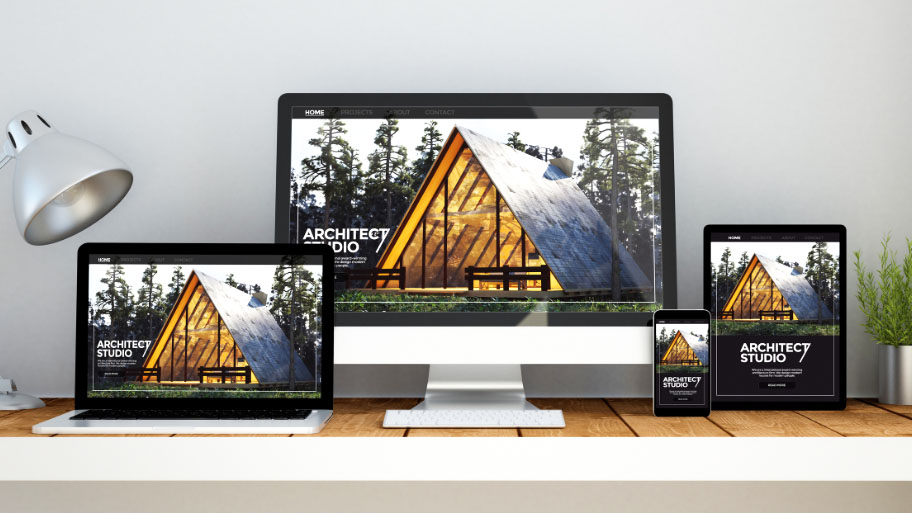
Web design is not just an artistic endeavor—it’s a strategic one. Every choice, from color palette to typography, from layout to responsiveness, plays a pivotal role in guiding visitor behavior.
When businesses harness the power of these design principles, they unlock the potential to guide users seamlessly through a journey: from initial interest to final purchase.
A thoughtfully designed website becomes more than a digital storefront; it becomes a dynamic salesperson, tirelessly working around the clock.
In the digital age, where first impressions are made in milliseconds and competitors are just a click away, investing in top-tier web design is not just advantageous—it’s essential.
For businesses aiming for growth, optimizing design can mean the difference between stagnation and soaring sales.
The Profound Impact of Web Design: By the Statistics
In today’s digital-first era, the effects of web design can be quantified—and the numbers speak volumes. The confluence of design and user behavior provides a tangible glimpse into the immense power of a well-crafted website.
Here’s a data-driven dive into this profound impact:
38% Bounce Rates in First Impressions:
Aesthetic appeal matters immensely. Nearly 38% of users will disengage from a website if they find its layout or content unattractive, according to a study by Adobe.
This statistic underscores the immediate impact of first impressions, highlighting the imperative of a captivating design to retain potential customers from the onset.
103% Increase of Bounce Rate with 2-second Delay in Speed:
The fast-paced nature of online browsing means that every second counts.
An increase in webpage load time of just 2 seconds can amplify bounce rates by a staggering 103%, as reported by Akamai. In a marketplace where patience is in short supply, swift, responsive design is paramount.
52% Increase in Mobile Traffic – 57% Avoid Poor Mobile Design:
With the ubiquitous nature of mobile devices, a mobile-friendly design isn’t just an added bonus—it’s a necessity. Statista reveals that nearly 52% of all web traffic emerges from mobile devices.
Furthermore, a poorly designed mobile site can tarnish a brand’s reputation, with 57% of internet users stating they wouldn’t recommend such a business, according to socPub.
94% Negative Feedback is Design-Related:
A website’s design goes beyond the surface; it’s a testament to its credibility. A staggering 94% of negative website feedback is centered around design, as indicated by Gomez.
Building trust through meticulous design is not just about aesthetics; it’s a foundational element for fostering user trust and encouraging sales.
9,900% ROI from Good Design Investment:
Investing in user experience is not just about creating a visually appealing site; it promises substantial returns.
For every dollar directed towards user experience, businesses can anticipate a return of $100, marking an ROI of 9,900%, as highlighted by Forrester Research.
These numbers illuminate the tangible benefits of prioritizing design, where impressive returns are intertwined with superior user experiences.
These statistics, each powerful in its own right, collectively form an undeniable narrative. Good web design isn’t just an aesthetic endeavor—it’s a measurable, impactful strategy for business success.
Why Businesses Can’t Ignore These Web Design Facts
Businesses can’t ignore these web design facts because it directly impacts their brand identity, user trust, and online success.
In the digitally-driven commerce landscape, a company’s website serves as the frontline of customer interaction and brand representation. It’s where first impressions are formed, credibility is judged, and decisions to engage—or disengage—are made within seconds.
Given this pivotal role, the importance of a well-designed website goes beyond aesthetics; it’s a strategic tool for business growth, customer retention, and market differentiation.
Here’s a deeper dive into why these facts are pivotal:
- Adapting to Consumer Evolution
Modern consumers aren’t what they were a decade ago. They are digitally native, more informed, and constantly connected. This shift means they expect not just basic information from websites, but a whole experience.
Interactivity, immersion, and intuitiveness are now foundational to effective web design. Companies that recognize and cater to this evolving demand can foster stronger connections with their audiences, leading to higher retention rates and more meaningful interactions.
- Digital First Impressions Matter
The age-old adage “first impressions last” has never been more relevant. In today’s digital ecosystem, many businesses meet their customers online before any physical interaction.
This digital handshake defines the beginning of a brand-customer relationship. A compelling, user-friendly, and engaging website design can pave the way for long-lasting trust, while a poorly designed site can deter potential clients from engaging further.
- A Reflection of Brand Values
A website isn’t just a digital presence—it’s a reflection of a brand’s ethos, values, and commitments. Every element, from color schemes to font choices, conveys a message.
An outdated or unresponsive site can inadvertently communicate negligence or a lack of innovation. Conversely, a meticulously designed site can showcase a brand’s dedication to excellence, innovation, and user-centricity.
- Digital Accessibility & Inclusion
In an era where digital platforms dominate daily life, ensuring that everyone, irrespective of their abilities, can access and navigate websites becomes paramount. It’s not just about ticking off a compliance box or avoiding potential legal ramifications.
Truly accessible design speaks volumes about a brand’s values. It demonstrates a genuine commitment to reaching and serving all users, which can be a unique selling point in a crowded market.
Moreover, considering all potential users not only broadens a website’s audience but also enriches the diversity of the user base.
As more brands compete for digital attention, businesses that prioritize accessibility find themselves better equipped to connect with a diverse global audience.
Inclusivity in design showcases a brand’s forward-thinking approach, empathy, and commitment to a universally accessible web experience.
- Staying Ahead in Competitive Markets
The online space is brimming with competition. Every industry, niche, and sector has multiple players vying for the top spot.
In such a scenario, an exceptional web design acts as a key differentiator. It can set a brand apart, capture audience attention, and convey superiority, leading to increased market share and recognition.
To sum it all up, web design is a multifaceted discipline that holds immense strategic significance in today’s digital age. For businesses looking to thrive, understanding and respecting the power of web design is not just an option; it’s an imperative.
Maximize ROI: Engage with Expert Web Designers
When discussing ROI in business, investments usually pertain to financial ventures, stock holdings, or perhaps marketing campaigns.
However, one of the most influential and impactful investments a business can make is in its web design.
Engaging with expert web designers can transform your online presence from a mere digital storefront to a dynamic, conversion-optimized, and customer-centric platform.
Here are more reasons why expert web designers are essential for a business’s online growth:
The Art and Science of Web Design
Expert web designers merge creativity with data-driven strategies. They have an innate understanding of user behavior, conversion pathways, and design aesthetics.
By balancing the art of design with the science of user experience, they can craft sites that aren’t just beautiful but also highly functional and user-friendly.
Durable & Timeless
Trends in web design evolve rapidly. What’s popular today might become obsolete tomorrow.
Professionals have the foresight to create designs that not only resonate with current trends but also possess a timeless quality, ensuring your website remains relevant and engaging for years.
Optimized for Conversion
A beautifully designed website is just half the battle; it must also lead visitors to take action. Professionals in web design have a keen understanding of call-to-actions, navigation pathways, and engagement triggers.
By intelligently integrating these elements, they construct a digital journey that subtly nudges visitors closer to a desired outcome, be it a purchase, subscription, or inquiry.
This intentional design framework not only enhances user experience but also directly impacts the bottom line, ensuring that every site visit has the potential to add tangible value to the business.
Technical Mastery
With the myriad of devices, browsers, and screen sizes available today, ensuring consistent user experience is crucial.
Professional web designers bring technical expertise, ensuring your site is responsive, fast-loading, and glitch-free, offering users a seamless experience.
Ready to Maximize Your ROI?
While initial investments in expert web design might seem substantial, the long-term benefits in terms of user engagement, brand credibility, and increased conversions make it a worthwhile venture.
For businesses aiming to understand how website design impacts sales and maximize their ROI, the expertise of professional web designers isn’t merely a luxury; it’s crucial.
If you’re ready to elevate your online presence and unlock unparalleled ROI, don’t wait. Reach out to RB Web Development today and let us transform your digital landscape.

About the Author
RB Web Development, originally based in Norwalk, IA, made the move to Decorah in 2025. Founded in 2008 by Rob Batzler, the agency reflects Rob’s web design journey, which began in 2000. After honing his expertise at renowned Des Moines firms, Rob launched this trusted agency to deliver expert web design solutions. His dedication and deep industry knowledge make RB Web Development a top choice for businesses.



